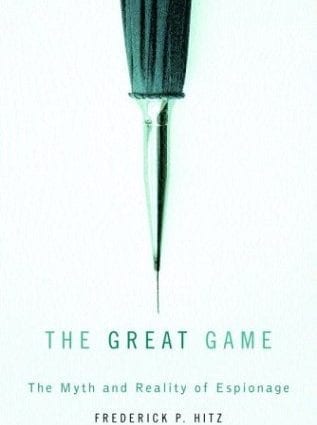Contents
1 myth: fasting is actually fasting
This misconception, most likely, came from those who, in principle, cannot imagine life without meat and dairy products. Accordingly, since they cannot be consumed, it seems that what remains is actually starving. This opinion is fundamentally wrong. On a lean table there can be a great variety of what Mother Nature herself gives: bread, vegetable oil, vegetables, mushrooms, nuts, cereals. The main thing is that the diet is always balanced, including on fasting days.
Myth 2: fasting is a type of diet
Fasting should in no way be equated with a diet and considered a health food system!
Firstly, strict adherence to the Fast presupposes a sharp change in the diet and the list of foods consumed, which can cause the occurrence of many diseases of the gastrointestinal tract and the nervous system. Before deciding whether to switch to a lean menu, analyze your physical data, find out how the rejection of some foods in favor of others can affect your body, consult your doctor. Again, despite the change in diet, you need to eat fully, without reducing the amount of energy received in the form of calories: the average daily calorie intake per day is 2000-2500.
Second, fasting is not a diet or even a nutritional system. This is a certain list of restrictions in food, which should contribute to full concentration on the work of the spirit, self-improvement.
Myth 3: lean food can be eaten in any and any quantity
The essence of fasting, its gastronomic part, is not simply to change one person’s diet for another. However, many believe that if exquisite food is not indicated as modest, then it can be eaten: we are talking about squid, oysters, sweets without milk …
This is a clear delusion. Fasting is a change of emphasis: for 40 days, the focus from human passions, one of the reasons for which is gluttony, goes to the spiritual. For this transition to be the most successful, without unnecessary temptations, strict regulations are given in nutrition, in its quality and quantity. Therefore, the simpler your fasting menu, the better. However, the simplicity of the food does not negate the balanced diet discussed above.
Also, try to eat in moderation, this is not only correct, but also good for your health: do not overload the stomach with large portions. After all, lean food can be high in calories and very nutritious. Compare: 100 g of chicken contains 190 kcal, and 100 g of hazelnuts contains 650 kcal.
Myth 4: fasting can only be observed by healthy people
Yes, the church allows those who have serious health problems not to fast. But before you give up the idea of fasting, learn how you can create your diet so as not to harm your health.
In general, reasonable abstinence or restriction does not cause disease. If you just cut down on meat consumption, it will even be beneficial. Thus, you will facilitate the work of the digestive system, reducing the amount of difficult-to-digest foods.
Also, many are afraid to give up products with a useful composition, not knowing that lean counterparts can be found. For example, dairy products are rich in calcium, which strengthens bone tissue, but this does not mean that calcium is not found in other foods allowed by fasting: figs, cabbage, white beans, and almonds.
A significant advantage when changing the diet is that at the same time a person begins to pay attention to food that he either did not try at all or did not eat much before: often it concerns vegetables, fruits, cereals. It is likely that your new healthy food preferences will stay with you after you fast.
5 myth: fasting is contraindicated in children
Children under the age of 14 are allowed not to fast, but if the child and his parents have a desire, then the child can fast in a relaxed version.
It is necessary for a child to eat dairy products and meat so as not to deprive the growing body of animal protein, calcium, which is found in high concentration in dairy products (therefore, in this case, alternative sources of calcium do not need to be looked for in order not to create a calcium deficiency), which are also useful for strengthening the weakened after the winter of immunity, increasing vitality, improving the functioning of the digestive system. But at the same time, during the fast, the child can refuse to eat fast food, sugary carbonated drinks and reduce the amount of sweets consumed, while enriching the diet with sweet fruits and vegetables.
And do not let religious parents worry that during the fast, the child at school eats fast food. It is not necessary that these days become confrontation for him (after all, not everyone observes the fast). But when he comes home, the child can fast as it was decided in the family.
Rimma Moysenko, nutritionist :










